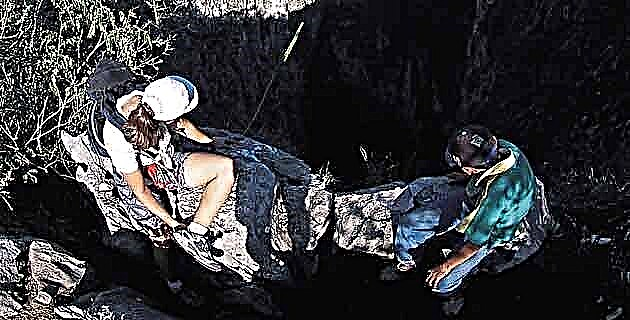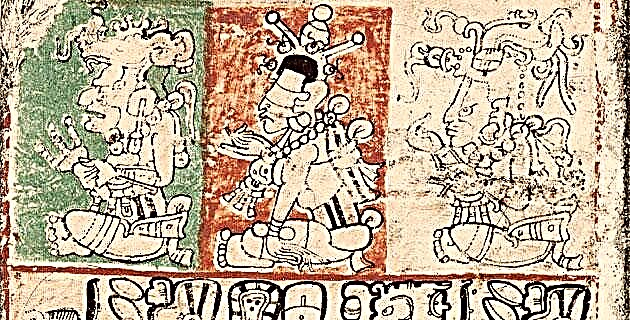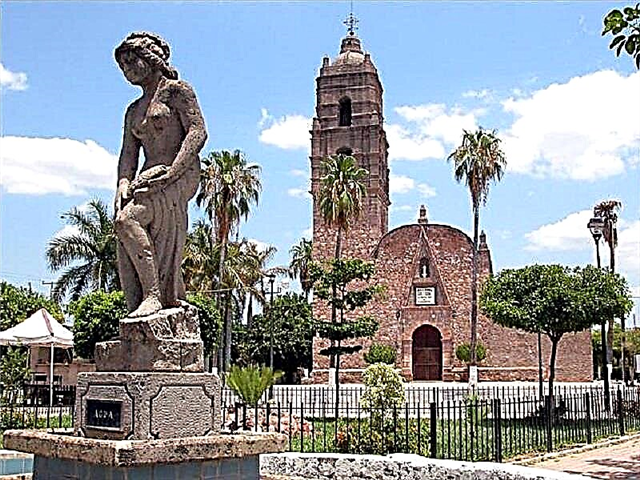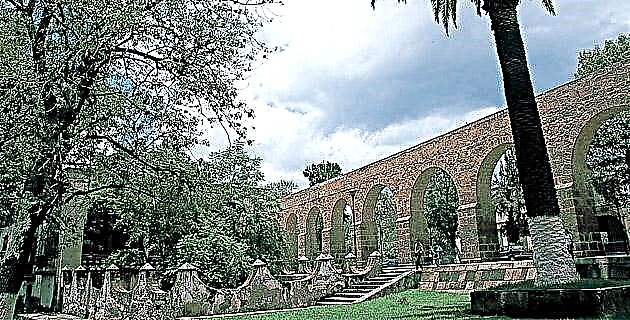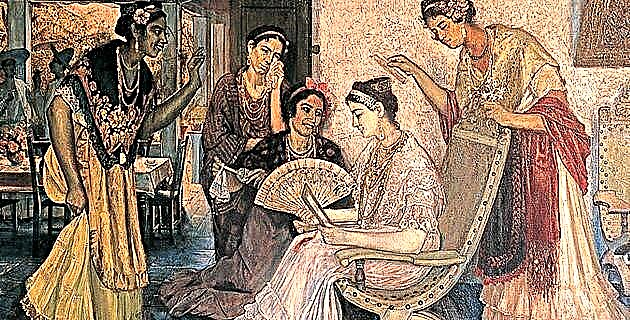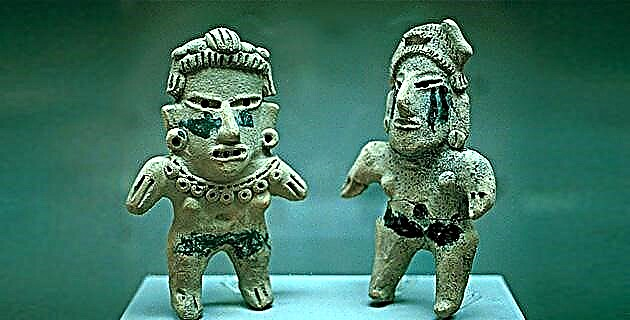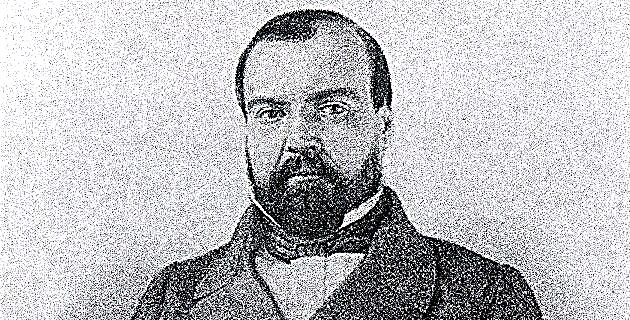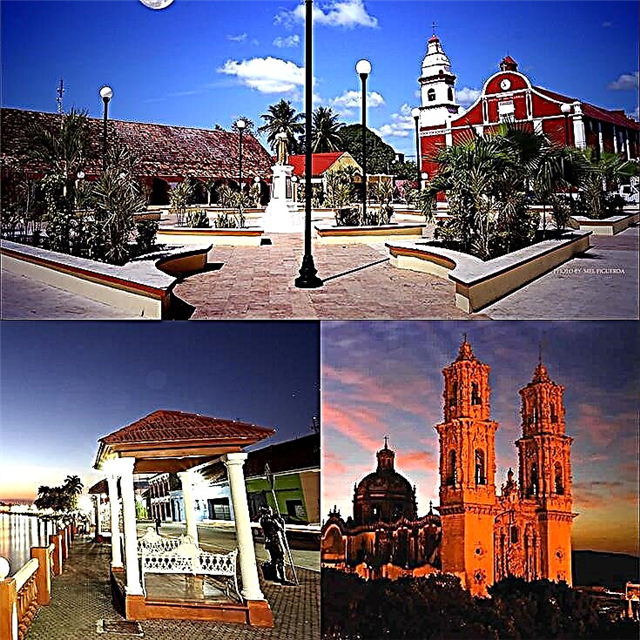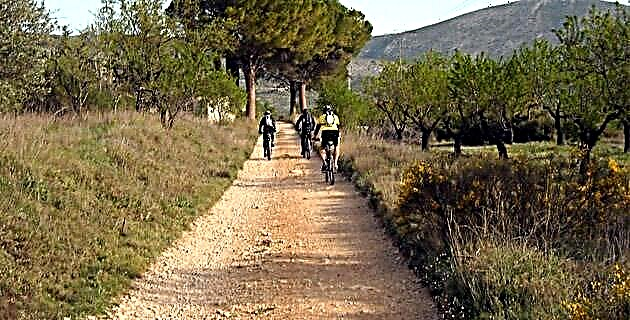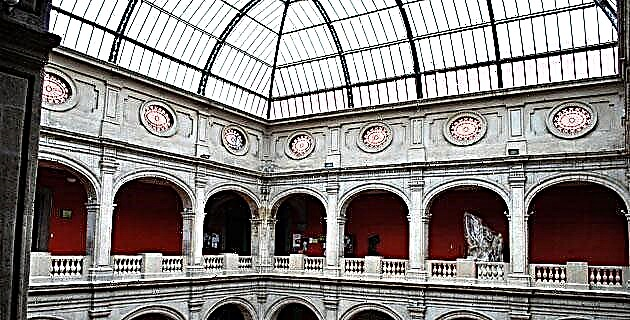
The history of the initiation of the academic teaching of architecture in Mexico is already well known: around the year 1779, the Major Engraver of the Casa de Moneda, Jerónimo Antonio Gil, who had studied at the Academy of Nobles Artes de San Fernando , was sent to Mexico by Carlos III in order to improve the production of the coin, and establish an engraving academy.
Once this school was organized, Gil was not satisfied and enthused Fernando José Mangino, superintendent of the Royal Mint, to promote the founding of an academy of noble arts as in Spain. When it comes to architecture, the mistakes made by local amateurs were a good argument: “the need for good architects is so visible throughout the kingdom that no one can fail to notice it; mainly in Mexico, where the falsity of the site and the rapid increase in population make it very difficult to find the right solution for the firmness and comfort of the buildings, ”Mangino reported.
Once the local authorities were convinced, the artistic hobbies of the nobility were extolled and some subsidies were obtained, classes began in 1781, provisionally using the same Moneda building (today the Museum of Cultures). Carlos III gives his approval, issues the statutes, spares three thousand of the twelve thousand annual pesos requested by Viceroy Mayorga and recommends the building of San Pedro and San Pablo to establish the Academy. On November 4, 1785, the official inauguration of the Academy of Noble Arts of San Carlos de la Nueva España takes place. The pompous name contrasted with the modesty of the rooms that he occupied for six years in the same Mint. Gil is appointed CEO, and teaches medal engraving. They send the architect Antonio González Velázquez from the San Fernando Academy to direct the architecture section, Manuel Arias for sculpture, and Ginés Andrés de Aguirre and Cosme de Acuña as painting directors. Later, Joaquín Fabregat came as director of printmaking.
Among the statutes it is mentioned that, for each section, there would be four retired students who could thus spend all their time in the study, that they should be of pure blood (Spanish or Indian), that every three years medals would be awarded for best artists, “and that certain people would attend the classrooms like this for whatever might be offered to the principals as well as to impede the conversations and toys of the youngsters. "
The art gallery began to be formed, with paintings brought mainly from suppressed convents, and from 1782 Carlos III ordered the shipment of books to form the Academy library. With the second batch (1785) the library has 84 titles of which 26 were architecture. It was enough to see the themes of these to realize that the trend of the school was defined: treatises by Vitruvius and Viñola, in different editions, other works on classical orders, Herculaneum, Pompeii, Roman Antiquity (Piranesi), Antonino's Column, Las Antiquities of Palmira among others. The first professor of architecture, González Velázquez was naturally of classical tendencies.
In 1791 Manuel Tolsá came to Mexico, with a collection of plaster reproductions of famous European sculptures, who replaced Manuel Arias as private director of sculpture. In the same year the Academy was established in the building that had belonged to the Hospital del Amor de Dios, founded for patients with buboes and venereal diseases. First the former hospital and attached houses were rented and then bought, remaining there permanently. There were unsuccessful attempts to build a building for the Academy where the College of Mining was later built, and attempts were also made to adapt various premises.
The first student to receive the title of supernumerary academic in architecture was Esteban González in 1788, who presented a customs project. The degree of academic of merit in architecture is requested by people with experience as architects: Tolsá, who already had a degree in sculpture from Spain; Francisco Eduardo Tresguerras and José Damián Ortiz de Castro. To graduate, the three presented projects: Tolsá from the Colegio de Minería, an altarpiece and the cell for the Marchioness of Selva Nevada in the Regina convent; Ortiz, who was a master of architecture in this city and the cathedral, presented a project to rebuild the church of Tulancingo; Tresguerras applied for the degree in 1794, but nothing has been found in the Academy's archives to show that he obtained it.
The architecture masters who had been appointed by the City Council had to be received from academics of merit with the obligation that before executing a work they should present the project to the Superior Government Board, and subject themselves “without any reply or excuse to the corrections made in them with the warning that in case of contravention they would be severely punished ”. However, these teachers, who generally only had practical knowledge, solved their problems by having the students of the Academy as cartoonists. It is not known since when or why the Academy issued the title of surveyor. It is clear that Antonio Icháurregui, Puebla's major master of architecture and supernumerary academic of the Real de San Carlos, requested this title in the year 1797.
The academy was slow to unfold. In 1796, the works of 11 students (former students were also included) were sent to a contest held at the Academy of Madrid, and the jury's opinions were quite unfavorable; in relation to painting and sculpture it was said that better models should be taken to copy and not mannered French prints, and as for future architects the lack of fundamental principles in drawing, proportions and decoration was criticized. In technical knowledge it seems that they were worse: in 1795 and 1796 the Academy is aware of their problems and informs the viceroy that the teaching would be more effective if, in addition to copying Vitruvius and the Palace of Caserta, they learned the technique of mountains, calculation of arches and vaults, construction materials, "formwork formation, scaffolding and other things pertaining to practice."
Although since its foundation the Academy did not have sufficient financial resources, with the wars of independence it worsened. In 1811 it ceased to receive the royal endowment and in 1815 its two strongest contributors, mining and the consulate, also suspended its deliveries. Between 1821 and 1824 there was no choice but to close the Academy.
It is resurrected with small donations, not to say alms, to decline again ten years later. Teachers and employees are owed up to 19 months of their paltry salaries, and teachers still paid the lighting costs for night classes.
During the period in which the Academy was closed, some students were transferred to the incipient corps of military engineers. Brigadier Diego García Conde, a Spaniard who did not hold the title of engineer, can be considered the founder of the Mexican weapon. In 1822, appointed Director General of Engineers, he requested from the government, as a veteran of the new institution, officers who possessed knowledge in mathematics, preferring those who had studied at the College of Mining or the Academy of San Carlos. Article 8 of the decree creating the National Corps of Engineers stated that “… the brigades will assist the States in the works of utility and public decoration that they undertake. The situation of the Academia de San Carlos did not change until 1843, when thanks to Antonio López de Santa Anna and the Minister of Instruction Manuel Baranda, its complete reorganization was decreed. He was awarded a national lottery that was already discredited so that with his products he could cover the expenses. The Academy gave such a boost to this lottery that there were even surpluses that were dedicated to charitable works.
Painting, sculpture and engraving directors are brought back from Europe with decent salaries; Pensions are restored by sending six young people to improve themselves to Europe, and the building they had rented until then is bought, granting it the honor of being the first building in the capital to receive gas lighting.
Between 1847 and 1857, the four years of the career included the following subjects: First year: arithmetic, algebra, geometry, natural drawing. Second: analytical, differential and integral calculus, architectural drawing. Third: mechanics, descriptive geometry, architectural drawing. Fourth: stereotomy, construction mechanics and practical construction, architectural composition. Among the teachers were Vicente Heredia, Manuel Gargollo y Parra, Manuel Delgado and the brothers Juan and Ramón Agea, the latter had been retired in Europe and returned in 1853. With this study plan they received, among others, Ventura Alcérrega, Luis G Anzorena and Ramón Rodríguez Arangoity.
The College of Mining trained assayers, mining engineers, surveying engineers and very eventually there were road specialists, geographer engineers graduated, but there was no response to the demand for bridges, ports and railways that were already beginning to develop in Mexico.
In 1844-1846, the City Council created the position of civil engineer, instead of the Mayor of the city, which had been used since the early 18th century. However, it was a simple appointment that could be obtained by architects or military engineers who also showed they had knowledge of paving problems, hydraulic installations and collective services in general.
In 1856, President Comonfort decreed that the chairs would be increased at the National School of Agriculture so that three careers would be established: agriculture, veterinary medicine and engineering. Three types of engineers would be trained: topographers or surveyors, mechanical engineers and bridge and road engineers, but everything suggests that it was not carried out and the Academia de San Carlos took the initiative to found not an annexed school of civil engineering, but an integration of both careers. The reason for merging engineering and architecture could have been to return to the traditional concept of architecture, to give more importance to the technical aspects of the profession, or perhaps to broaden the job prospects of graduates.
Commissioned by the Governing Board of the Academy, Juan Brocca, a Mexican architect and painter who lived in Milan, set about looking in Italy for a person for the position of director of the architecture section, who would have extensive knowledge of engineering. He manages to convince Javier Cavallari, a professor at the University of Palermo, a knight of the Albert of Saxony Order, a member of the Royal Institute of British Architects, a doctor of the Göttingen academic body, who, more than an architect or engineer, had been a historian and archaeologist. Cavallari arrived in Mexico in 1856 and the following year the school was reorganized for the career of architect and engineer.
The curriculum was eight years long taking into account what now constitutes high school. It was considered an elementary course where mathematics and drawing (of ornament, figures and geometric) were learned and this knowledge approved, if the students were 14 years old they could follow the seven years of professional studies where the following subjects were taught:
First year: trigonometry, analytical geometry, drawing and explanation of the classical orders, architectural and physical ornament. Second year: conic sections, differential and integral calculus, copies of monuments of all styles and inorganic chemistry. Third year: rational mechanics, descriptive geometry, composition and combination of the parts of a building with details of its construction, elements of geology and mineralogy and topography. Fourth year: static theory of constructions, applications of descriptive geometry, art of projecting and machine drawing. Fifth year: applied mechanics, theory of constructions and statics of vaults, composition of buildings, aesthetics of fine arts and history of architecture, geodetic instruments and their application. Sixth year: construction of common iron roads, construction of bridges, canals and other hydraulic works, legal architecture. Seventh year: practice with a qualified architect engineer. Upon completion, he had to accompany the professional examination of two projects, one for railways and the other for a bridge.
The statutes of 1857 also covered master builders, who had to prove by means of an exam that they were trained in the subjects of the same preparatory course as architects, and had practical knowledge of falsework, scaffolding, repairs, and mixtures. It was a requirement to have practiced three years alongside a master builder or certified architect.

